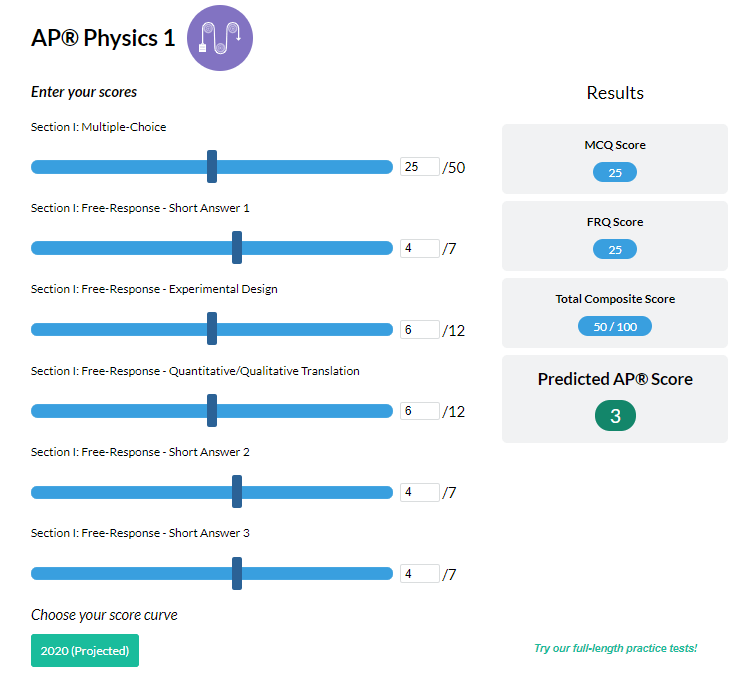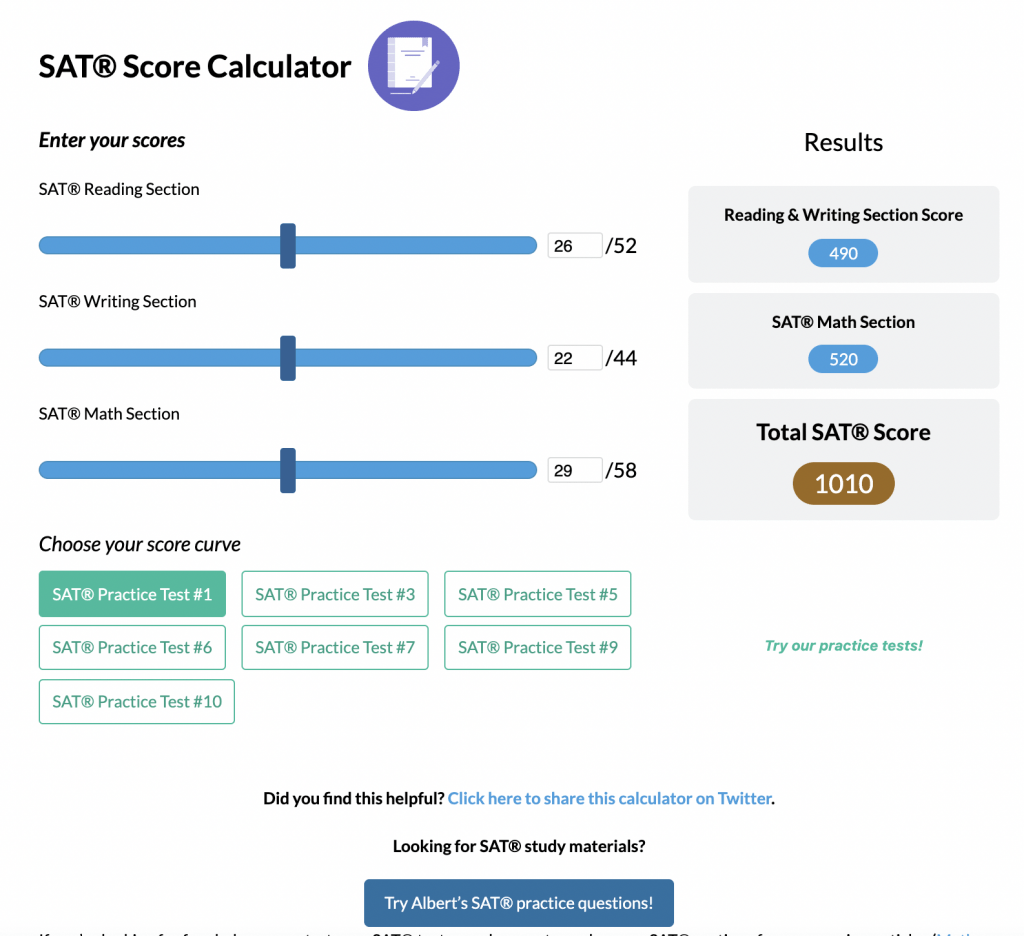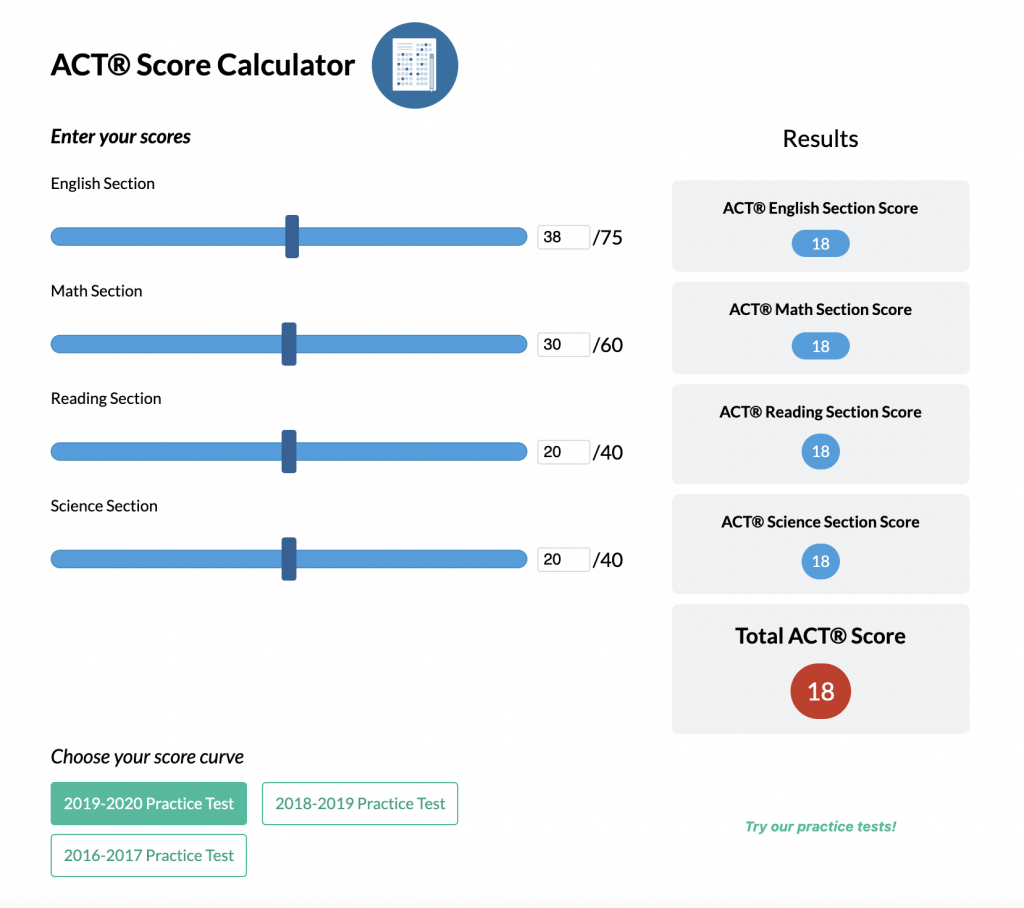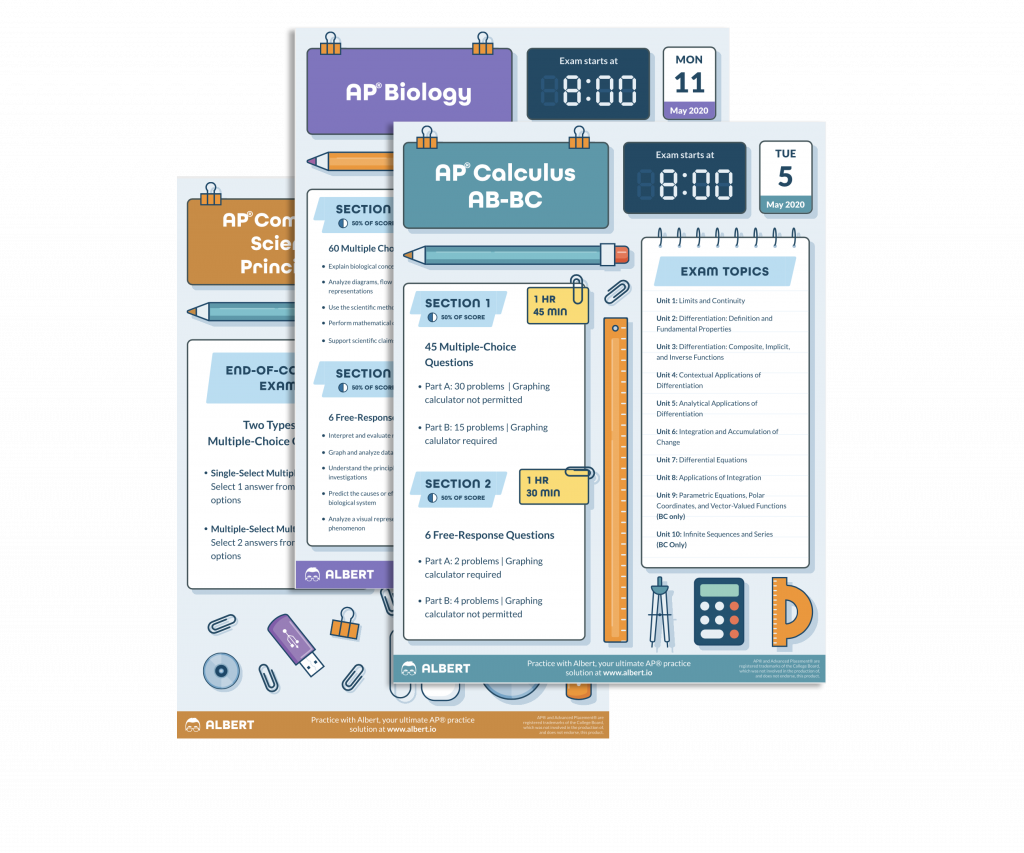
So, we’ve made it past one-step equations! Woo-hoo!
Our reward? Solving two-step equations!
Don’t worry: whether this is your first experience with two-step equations, or you are reviewing for an exam, this blog will guide you through defining two-step equations, examples of two-step equations, and how to solve two-step equations (including fractions and word problems). Let’s get started!
What We Review
What is a two-step equation?
Remember, an equation is a mathematical sentence that uses an equal sign, = , to show that two expressions are equal.
Very similar to one-step equations, a two-step equation is an equation that only requires two steps to solve. We will use a mix of addition, subtraction, multiplication, and division to solve these equations.
Examples of two-step equations
Two-step equations come in many types. You might have some equations that require subtraction, then division to solve, or an equation that requires multiplication, then division to solve.
Here are some examples of two-step equations:
| 4 + 3x = 16 | \dfrac{y}{2} - 9 = 11 |
| -8 - 2m = 12 | \dfrac{4x}{3} = 8 |
Return to the Table of Contents
How to solve two-step equations
Remember: To solve equations, we must use inverse operations to isolate the variable. Examples of inverse operations are:
\text{Addition} \leftrightarrow \text{Subtraction}
\text{Multiplication} \leftrightarrow \text{Division}
We must first eliminate any constants from the side of the equation with the variable. Additionally, whatever we do to one side of the equation, we must also do to the other. Here are two examples of how to solve two-step equations:
Example 1
First, let’s solve for x in the following equation:
| 5x - 4 = 16 | Original Equation |
| 5x - 4 \textcolor{red}{+ 4} = 16 \color{red}{+ 4 } | Add 4 to both sides |
| 5x = 20 | Simplify |
| \dfrac{5x}{\textcolor{red}{5}} = \dfrac{20}{\textcolor{red}{5}} | Divide Each Side by 5 |
| x = 4 | Simplify |
To check your answer, you can substitute 4 into the variable to see if the equation is true:
5x - 4 = 16
5(4) - 4 = 16
20 - 4 = 16
16 = 16 \checkmark
Thus, x = 4 is the correct solution.
Example 2
Now, we can trying solving for y in the following equation:
| \dfrac{y}{7} + 3 = 4 | Original Equation |
| \dfrac{y}{7} + 3 \textcolor{red}{- 3} = 4 \textcolor{red}{- 3} | Subtract 3 from each side |
| \dfrac{y}{7} = 1 | Simplify |
| \dfrac{y}{7} \textcolor{red}{\cdot 7} = 1 \textcolor{red}{\cdot 7 } | Multiply each side by 7 |
| y = 7 | Simplify |
To check you answer, you can simplify substitute 7 into the variable to see if the equation is true:
\dfrac{y}{7} + 3 = 4
\dfrac{7}{7} + 3 = 4
1 + 3 = 4
4 = 4 \checkmark
Thus, y = 7 is the correct solution.
Return to the Table of Contents
For more, watch the video from mathantics below showing how the solve 2-step equations:

How to solve two-step equations with fractions
Unfortunately, equations do not always contain only whole numbers. Never fear! We can still solve two-step equations even when fractions are involved.
Here is an example of solving a two-step equation with a fraction:
Solve for m in the following equation:
| \dfrac{2}{3}m + 6 = 12 | Original Equation |
| \dfrac{2}{3}m + 6 \textcolor{red}{- 6} = 12 \textcolor{red}{ - 6} | Subtract 6 from each side |
| \dfrac{2}{3}m = 6 | Simplify |
| \textcolor{red}{ \dfrac{3}{2}} \cdot \dfrac{2}{3}m = \textcolor{red}{\dfrac{3}{2}} \cdot 6 | Multiply each side by \dfrac{3}{2} |
| m = \dfrac{18}{2} | Simplify |
| m = 9 | Simplify |
To check you answer, you can simplify substitute 9 into the variable to see if the equation is true:
\dfrac{2}{3}m + 6 = 12
\dfrac{2}{3} \cdot (9) + 6 = 12
\dfrac{18}{3} + 6 = 12
6 + 6 = 12
12 = 12 \checkmark
Thus, m = 9 is the correct solution.
Is there a way to make solving two-step equations with fractions easier? I’m glad you asked! If you want to eliminate fractions completely when solving a two-step equation, you can simply multiply the whole equation by the Least Common Denominator. Here is an example showing this method:
Solve for x in the following equation:
| \dfrac{x}{2} - \dfrac{1}{3} = \dfrac{1}{6} | Original Equation |
Since the denominators are 2, 3, \text{and } 6 , the least common denominator would be 6 . Therefore, to eliminate all fractions from the problem, we would multiply each term by 6 .
| \textcolor{red}{6 \cdot} \dfrac{x}{2} - \textcolor{red}{6 \cdot} \dfrac{1}{3} = \textcolor{red}{6 \cdot} \dfrac{1}{6} | Multiply each term by 6 |
| \dfrac{6x}{2} - \dfrac{6}{3} = \dfrac{6}{6} | Simplify |
| 3x - 2 = 1 | Simplify |
| 3x - 2 \textcolor{red}{+ 2} = 1 \textcolor{red}{+ 2} | Add 2 to each side |
| 3x = 3 | Simplify |
| \dfrac{3x}{\textcolor{red}{3}} = \dfrac{3}{\textcolor{red}{3}} | Divide each side by 3 |
| x = 1 | Simplify |
To check you answer, you can simplify substitute 1 into the variable to see if the equation is true:
\dfrac{x}{2} - \dfrac{1}{3} = \dfrac{1}{6}
\dfrac{1}{2} - \dfrac{1}{3} = \dfrac{1}{6}
\dfrac{3}{6} - \dfrac{2}{6} = \dfrac{1}{6}
\dfrac{1}{6} = \dfrac{1}{6} \checkmark
Here’s a video from Brian McLogan on how to solve two-step equations with fractions:
Return to the Table of Contents
Two-step equation word problems
Similar to One-Step Equations, we can model real-life scenarios with two-step equations. Once we model the situation with an equation, we simply solve as we have above.
For instance, model the following situations with an equation and find a solution that makes the situation true.
Example 1
| Tom’s brother buys three tickets to a baseball game but does not tell Tom how much each ticket costs. Tom really wants to reimburse his brother for his ticket, so he wants to find the cost of one ticket. He knows the total price of all the tickets was \$250 . He also knows the website where his brother bought the tickets charges a flat \$10 processing fee. Create an equation that models the situation and solve the equation to find, c , the cost of one ticket. |
Solution: To model the following situation, we will create an equation to show the total cost of the tickets. We will represent the cost of one ticket with the variable, c
3c + 10 = 250
To solve for c , we will first subtract 10 from each side:
3c + 10 \textcolor{red}{- 10} = 250 \textcolor{red}{- 10}
3c = 240
Then to find the cost of one ticket, we will divide each side by 3
c = 80
Therefore, the cost of one ticket is \$80
Example 2
| Four boutiques decide to host a Fall Fashion Market. These boutiques will split the profits from the event evenly. The four boutiques did have to pay for a portable toilet for the event, which cost $50 and will be paid for out of the profits. After calculating the profits and paying for the portable toilet, each boutique took home \$400 . How much total profits did the event make? Create an equation that models the situation and solve the equation to find, t , the total profit made at the event. |
Solution: To model the following situation, we will create an equation to show the total profit from the event. We will represent the total profit made at the event with the variable, t
\dfrac{(t - 50)}{4} = 400
To solve for t , we must first multiply each side by 4 to eliminate the denominator
\textcolor{red}{4 \cdot} \dfrac{(t - 50)}{4} = \textcolor{red}{4 \cdot} 400
t - 50 = 1600
t - 50 \textcolor{red}{+ 50} = 1600 \textcolor{red}{+ 50}
t=1650
Therefore, the total profits made by the four boutiques was \$1650
Return to the Table of Contents
Solving Two-Step Equations: Keys to Remember

Remember, just like solving One-Step Equations there are some key facts to remember:
- A two-step equation is an equation that requires two steps to solve
- We must eliminate any constant that is on the same side as the variable first
- To solve, use the inverse operations to isolate the variable by itself
- Remember whatever you do to one side, you must do to the other
- To check the solution, simply substitute the value into the variable to see if the equation is true
- You can model real-life situations with an equation and solve for a correct solution
Return to the Table of Contents








